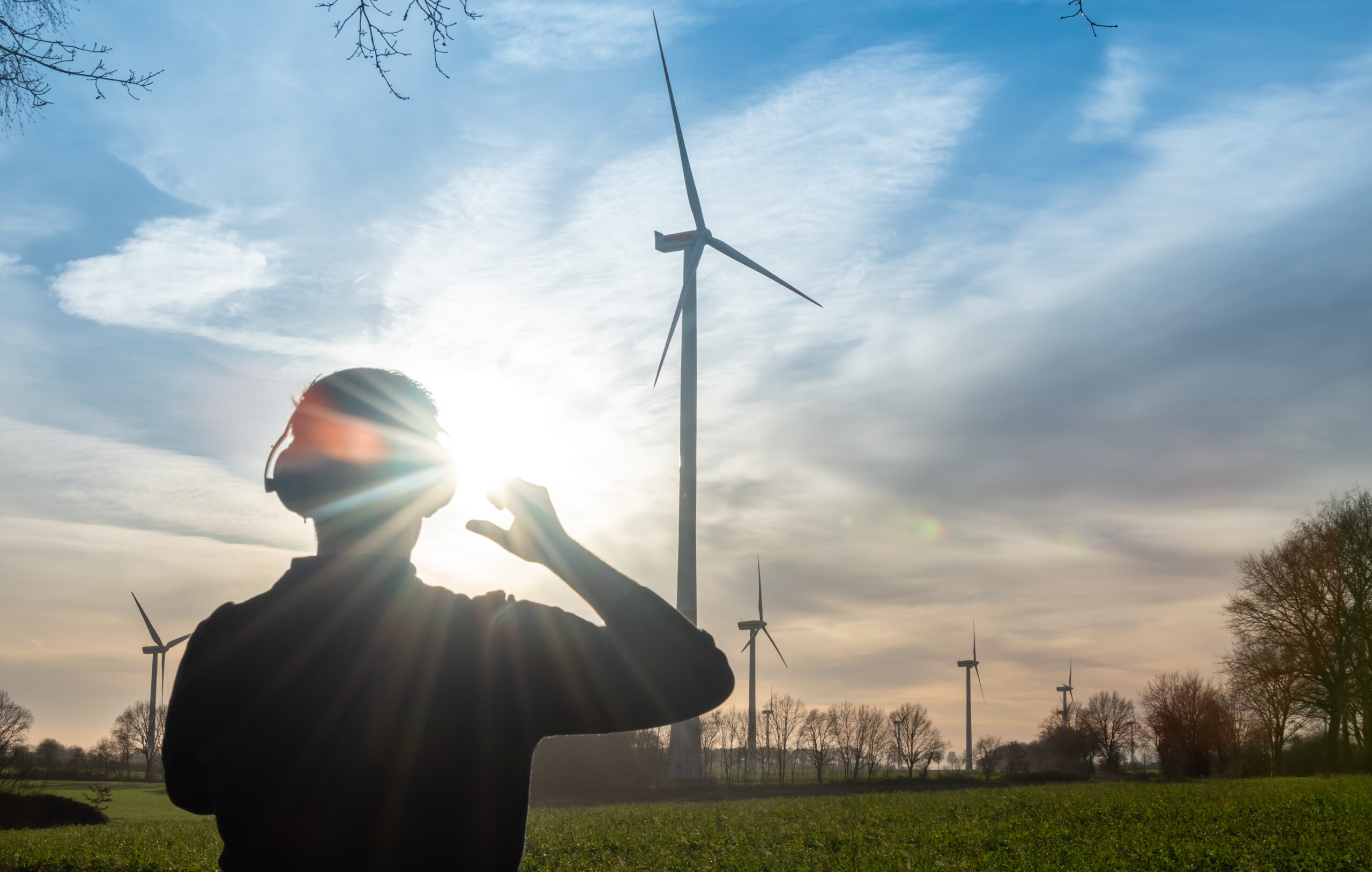| We reached out to leading experts in the ESG investing industry to find out their responses, and this is what we found… |
QUESTION”What’s in the bill?”, “What does allow us to do?” and “What still needs to be done?”
ANSWERBolor-Erdene Tumurchudur – Ubik Group Director of Partnerships
ANSWERAs an investor, it is important to understand energy and infrastructure-related investments are long-term investments. Thus, the bill could be higher in the short-term, but over time it will pay back. It will allow the investors to contribute to the decarbonization effort directly, and the health of the population indirectly. This also helps investors to choose research and development of renewable energy, battery storage, water management efficiency (all types of energy (including nuclear energy) and are water inseparable) and related long-term projects.
ANSWERWe also need to collaborate with city mayors, lawmakers, and other organizations to create a clear systematic structure to decrease HFC and GHG emissions. Moreover, investors need to pay attention to left off industries like nuclear Energy and their safety, specifically nuclear waste, etc. On top of that, it’s significant to push energy efficiency-focused policies and projects.
QUESTION”What’s in the bill?”, “What does allow us to do?” and “What still needs to be done?”
ANSWERNimet Vural, Freelance Sustainability, Accountability and Corporate Governance
ANSWERThe Bill is aggressively fighting both the Pandemic and Climate Change. The Investment Industry seeks returns as its primary objective and today some of the most convincing opportunities for growth and returns come from a transition to a more sustainable economic model that both harnesses and preserves nature. We need to see Innovation and creativity among the Investors looking to address Social Inequalities on a more Systemic basis.
QUESTION”What’s in the bill?”, “What does allow us to do?” and “What still needs to be done?”
ANSWERPaul Ellis, Founder of Paul Ellis Consulting & The Sustainable Finance Podcast
ANSWERCombining the economic cost of physical climate risks from floods, fires and storms, with the economic impact of transition climate risk like the COVID-19 pandemic, has brought the U.S. Congress together in a rare bipartisan moment related to energy policy. I expect to see more of the same as both physical and transition climate risks continue to multiply in the next two decades. And investors will play an increasingly important role in this process by voting with their retirement assets, investing in companies that produce and use clean and renewable energy products and services.
QUESTION”What’s in the bill?”, “What does allow us to do?” and “What still needs to be done?”
ANSWERLebo Mahlare, Renewable Energy Finance
ANSWERThis is a significant development in the fight against climate change but we still have much more to do given that models still require less than a 2 deg C rise in global temperatures, especially in specific regions of the world.





